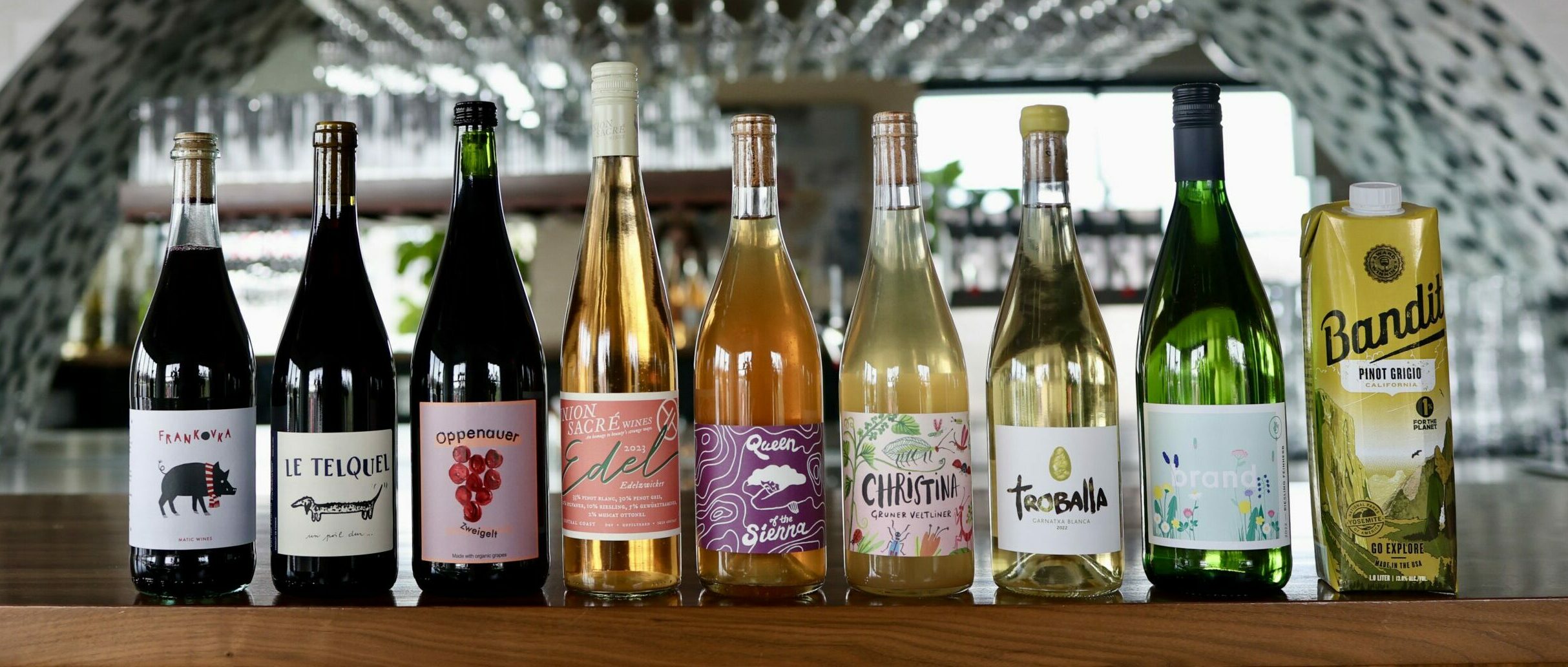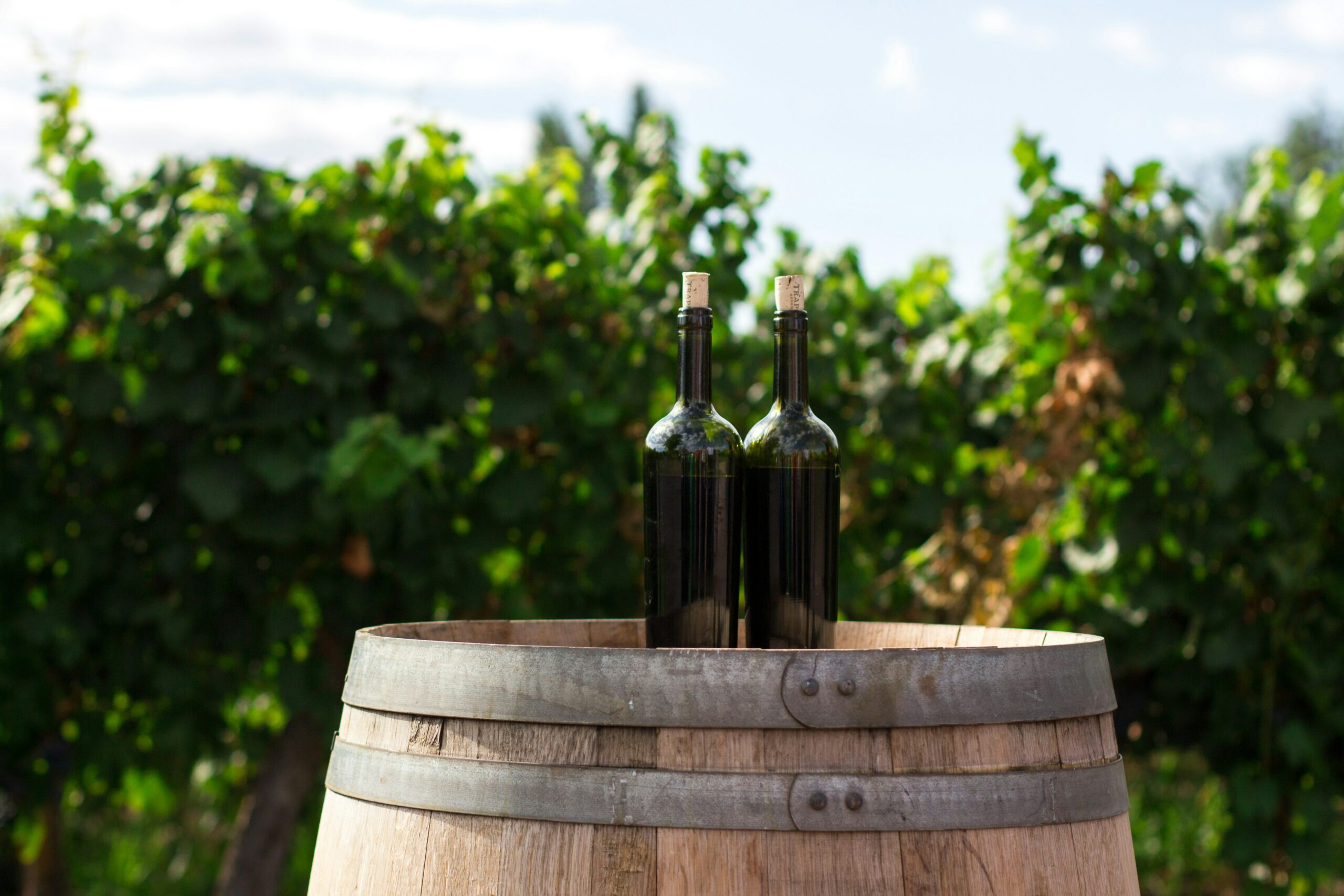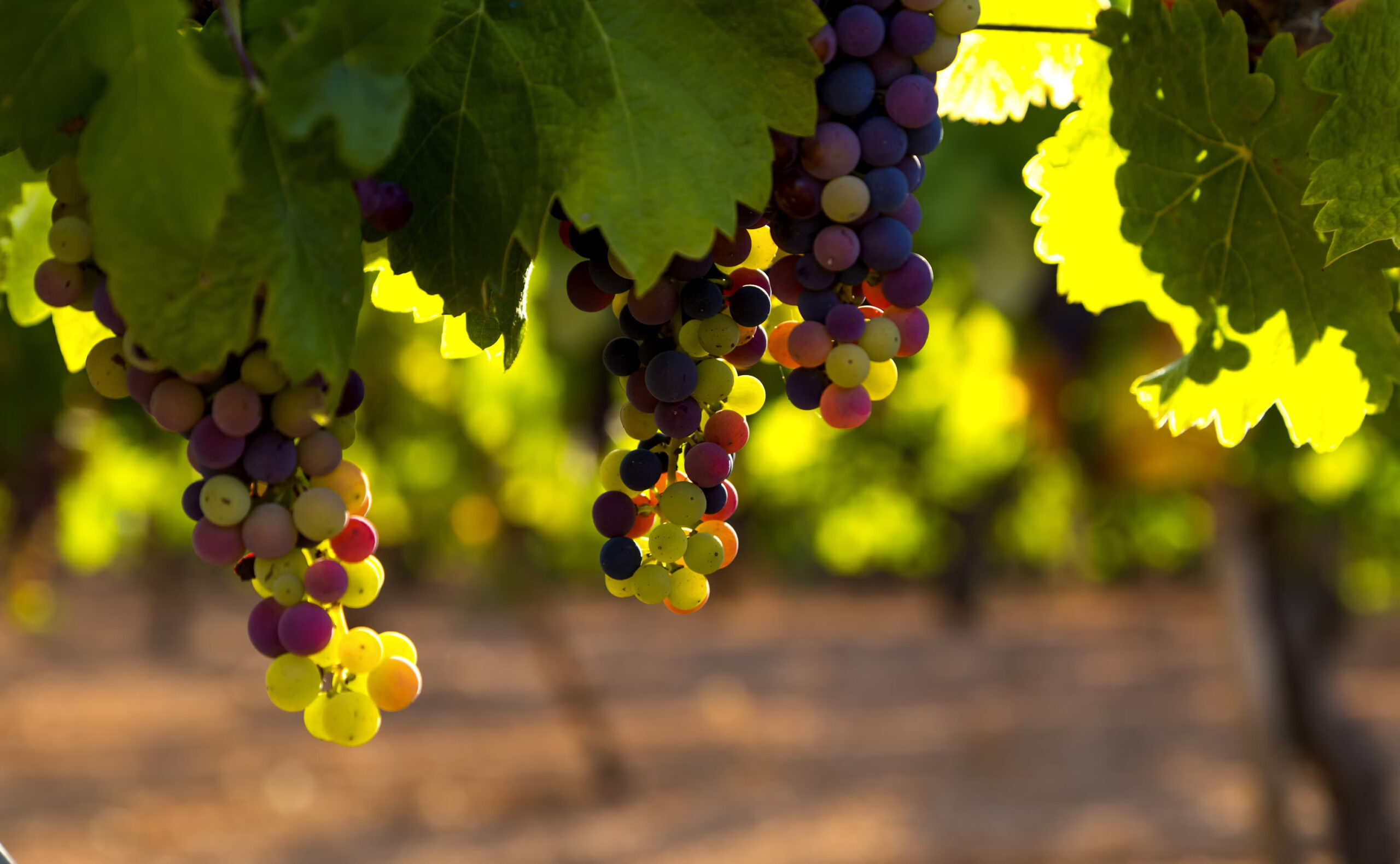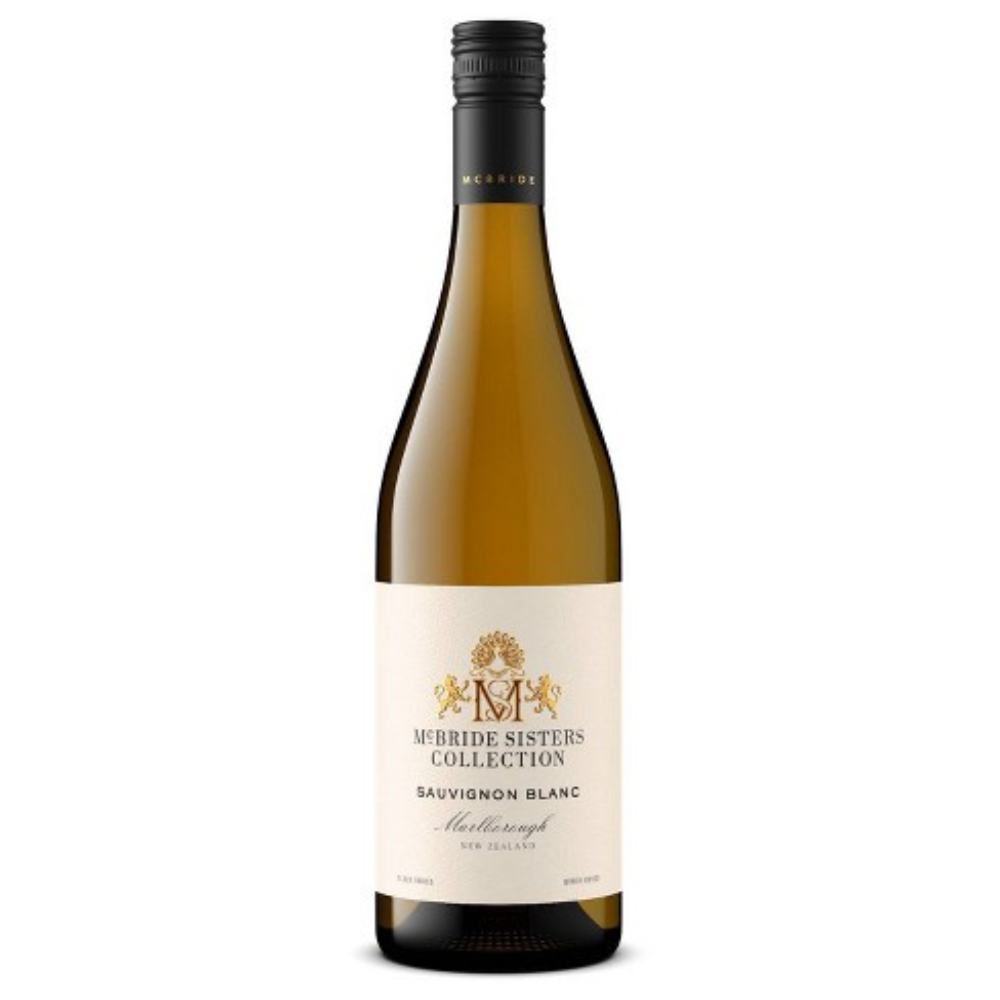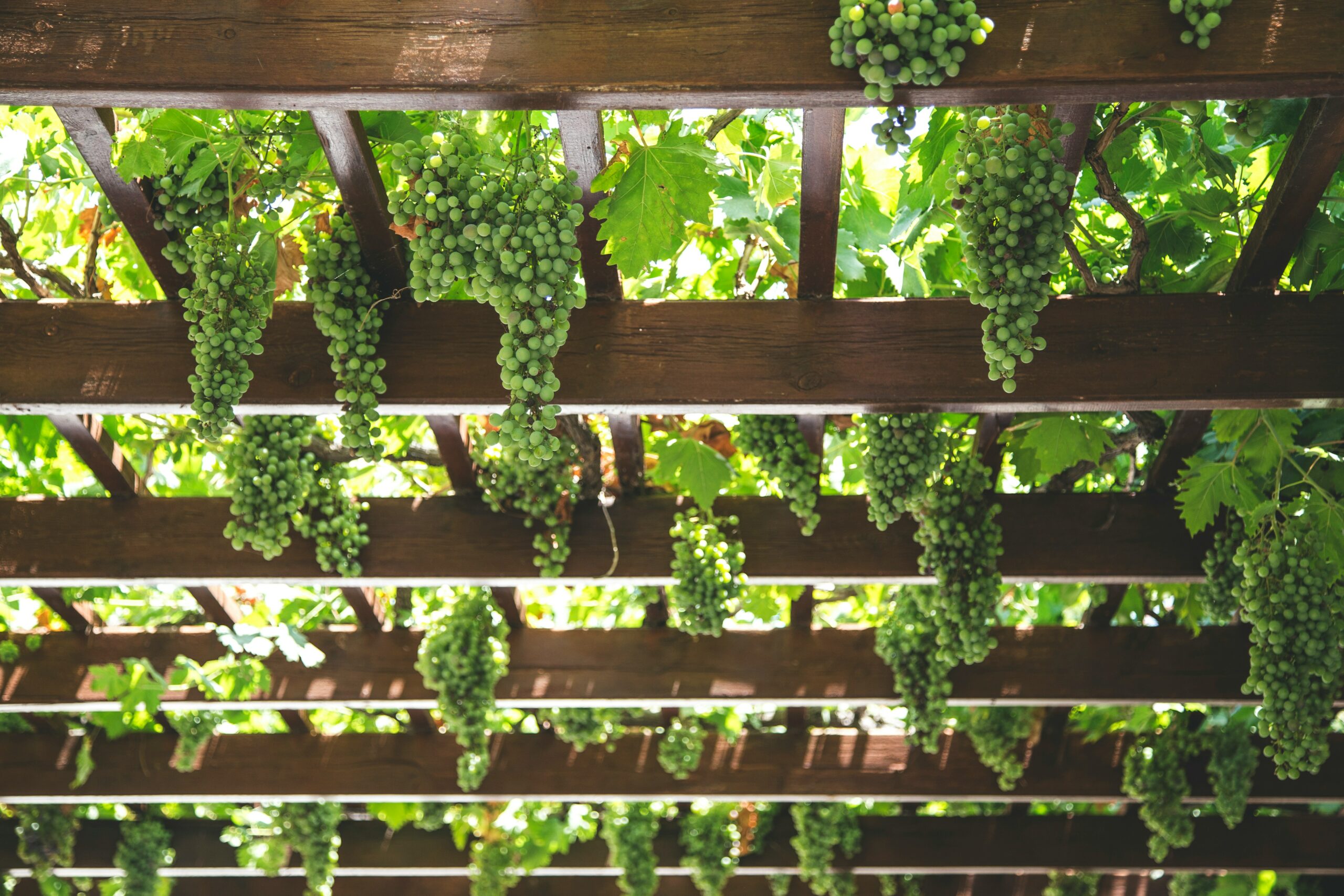Mary Certain
Mary is a wine enthusiast and Level 3 WSET graduate. She loves walking around Lake Harriet to admire all the happy pups, cooking with her foodie friends and family, and is extremely competitive about jigsaw puzzles.
Wine may technically be a luxury item vs. a necessity, but for many (myself included) it greatly contributes to the enjoyment of life, and is not something I’m looking to cut out. So, with our wine habit here to stay, how can we reduce the environmental impact of our consumption? As with most goals that seem too big or unclear, the important thing is to get started, do the best we can, and keep going!
Buzzwords (Organic, Biodynamic, Sustainably grown, Eco-friendly, etc.) can be a helpful place to start, but can also be redundant or confusing. Beyond that, many wines are made using the same conscientious techniques, and yet for one reason or another they don’t use these terms overtly. The following are a few other pieces I think about when seeking a wine that will be better for the Earth (and taste better, too!)
Vineyard Care
This encompasses everything from water use to pest control to soil stewardship, and beyond. Grape vines take years to mature and are high-maintenance to keep in healthy condition, annually producing the best possible fruit.
So, I say the single best indicator of a sustainable wine is a wine-maker’s enthusiasm for the site and soil where their grapes are grown. When they have pride in the land they tend, they are judicious with their resources, cautious with interventions, and careful in how they manage the fruit once picked. They take a long-view approach and do what is best for the earth, because that same ground will continue to grow the vines for future years and they know exactly how special it is.
Love of the land and masterful winemaking knowledge translates to a delightful bottle in Christina Gruner’s Veltliner Austria 2022.
(Full disclosure; I happened to meet Christina recently and can vouch that she is a lovely gracious person as well as being a passionately responsible winemaker!)
Barrels
Using oak barrels to ferment and age wine is a longstanding tradition, but mature oak trees are a slow-growing resource and add significant cost as well. By using neutral (previously used) barrels for their wine, a winemaker can take advantage of the benefits of oak, allowing it to soften and gain complexity, but without imparting oaky flavor notes.
This means the hard work of growing healthy grapes in the vineyard isn’t overshadowed by the wood and they are able to reuse existing barrels. Win(e)-win(e)! Queen of Sierra Amber Calaveras County 2023 uses only neutral oak for barrels (as do all wines from Forlorn Hope).
Packaging
This is where we as consumers have the most direct impact! Aside from packaging being a source of waste, the weight of heavy glass bottles is relatively high compared to alternatives and the space required to ship is double.
If you’re serving wine for a large gathering, consider a boxed wine. The quality and range of options in boxes is constantly increasing as more people are appreciating this flexible option. And if serving a boxed wine feels too informal, simply transfer it into a lovely pitcher or carafe. Bandit Pinot Grigio from California is a great choice and a crowd pleaser!
